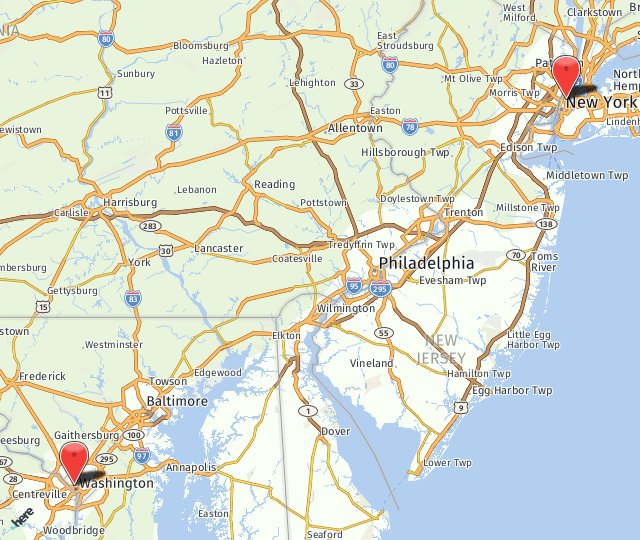An ultrasonic rhinoplasty is a less invasive type of nasal surgery, or rhinoplasty, that reduces and reshapes the nose while minimizing some risks associated with a traditional rhinoplasty.
How is the ultrasonic rhinoplasty less invasive compared to traditional rhinoplasty?
During traditional rhinoplasty, excess nasal bone and cartilage is manipulated using rasps, hammers, and chisels. However, these less-refined instruments can result in damage to the nasal structure and surrounding tissue, increasing bruising and swelling postoperatively, which can affect the final cosmetic result of a rhinoplasty.
To avoid those risks, ultrasonic rhinoplasty vibrates with ultrasonic waves and is able to precisely and safely cut into the bone and hard cartilage of the nose. The level of accuracy is much higher with this technique and maximizes the ability to resize and reshape the nose with no trauma to the surrounding soft tissue.
Dr. Michael Somenek is an expert in cosmetic rhinoplasty. He’s one of the few facial plastic surgeons in Washington, DC who offer the latest innovative ultrasonic rhinoplasty to reshape the nose with unmatched precision, less swelling and bruising, and a faster recovery.

What cosmetic concerns does an ultrasonic rhinoplasty procedure treat?
Nasal Shape: The ultrasonic technique is preferred for contouring the nose to reduce bumps and the dorsal hump.
Nasal Size: The high precision ultrasonic wave can reduce the bony size of the nose while the remainder of the nasal cartilages can be adjusted to reduce the overall size of the nose and refine the nasal tip.
Crooked nose: Genetics or nasal trauma (think: a nasal fracture) can cause a crooked nose, nasal deviation, or concerns with the angle of the nose, and those concerns can be addressed with surgical intervention.
Who is the ideal candidate for an ultrasonic rhinoplasty procedure?
The ultrasonic technique can be used as part of both open and closed rhinoplasty surgeries. The ideal candidate for an ultrasonic rhinoplasty has nasal bumps or humps on the bridge of the nose. Ultrasonic rhinoplasty is able to smooth out the bony abnormalities to the nose in a precise manner so that the contour is smooth along the nasal bones. Your surgeon will guide you on whether ultrasonic rhinoplasty is appropriate for you.
The benefits of performing the ultrasonic rhinoplasty during a nose job include:
- There is less pain and discomfort after your rhinoplasty
- There is typically less swelling and bruising present
- It avoids injury to the soft tissue that covers the underlying nasal bones and cartilage
- The bones are meticulously contoured rather than fracturing or splintering the nasal bones
- The handpiece selectively works on bones and hard cartilage inside the nose and avoids trauma to unnecessary structures.
What can someone expect from the results of an ultrasonic rhinoplasty procedure?
The results of an ultrasonic rhinoplasty are similar to a standard rhinoplasty, with final results becoming expected for most people at 12 months.
Piezotome rhinoplasty is considered to be a safer and more accurate way to perform a nose job. Dr. Somenek regularly performs this advanced nose job procedure in Washington DC to give you a slimmer, straighter, and more symmetric nose.
What is the average recovery associated with an ultrasonic rhinoplasty procedure?
The average recovery time for the acute healing phase is about a week with a nasal cast. During this time there tends to be minimal swelling, bruising, and pain. Every patient is different in the speed and manner in which they heal, but the ultrasonic rhinoplasty can lessen the duration and intensity of post-operative swelling The cast or splint will be removed after the first week and makeup can be applied. The nose will continue to heal over about 12 to 18 months, but most daily activities will be able to be resumed within the first month.
Should I Get Ultrasonic Rhinoplasty?
A rhinoplasty, or nose reshaping surgery can dramatically improve the appearance of the nose and provide balance to the rest of the facial features. In addition to improving the cosmetic appearance of the nose, breathing can also improve, which has been shown to enhance one’s quality of life.
While traditional rhinoplasty techniques still exist, the addition of the ultrasonic rhinoplasty to the procedure can improve your overall recovery and cosmetic outcome by minimizing swelling, bruising, and trauma to the surrounding tissue.
Dr. Somenek will be able to guide you during the consultation process as to which type of procedure if most appropriate for your expectations and overall anatomy.

